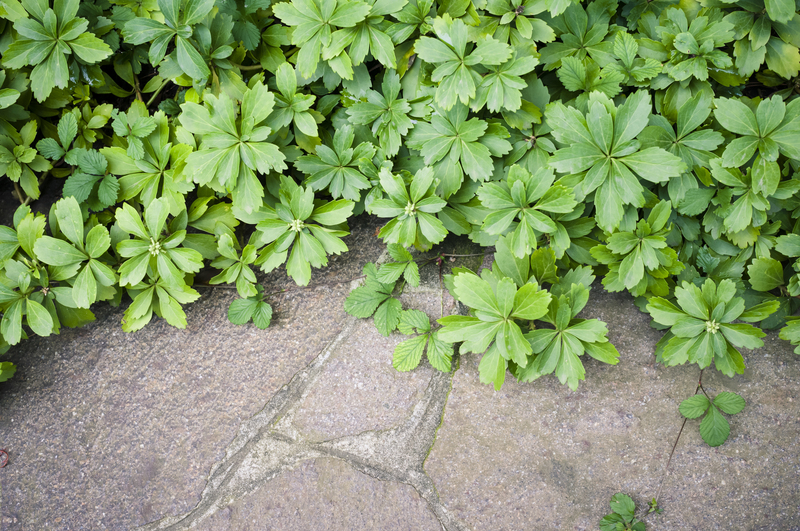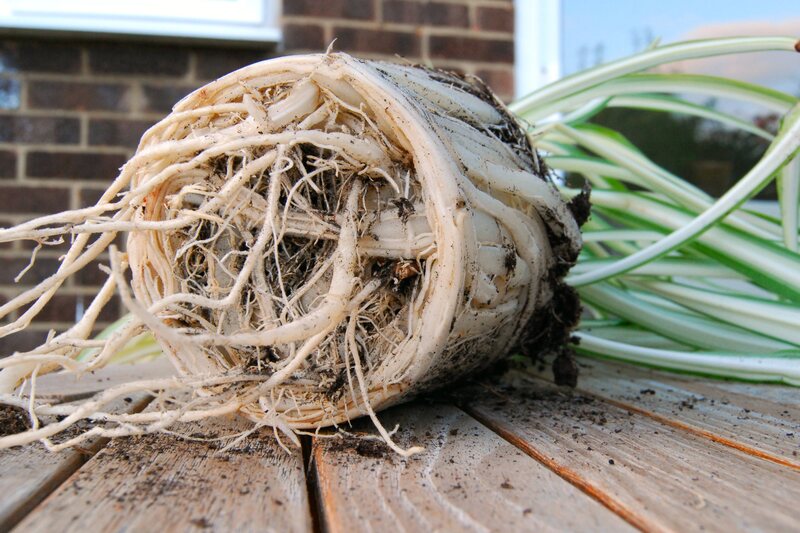Tips for Protecting Your Garden during Summer Droughts
Posted on 10/09/2024
Summer is the season of sun, warmth, and outdoor activities. However, it can also bring extreme heat and dryness, causing droughts in many regions. This can be a major problem for gardeners and their plants. Droughts not only affect the overall health of your garden, but they can also lead to wilting, stunted growth, and even plant death. As climate change continues to impact our weather patterns, it is becoming increasingly important to know how to protect your garden during summer droughts. Here are some tips to help you maintain a healthy garden during the hottest months of the year.
Tip #1: Choose Drought-Resistant Plants
The first step in protecting your garden during summer droughts is choosing the right plants. By selecting drought-resistant varieties, you can minimize the impact of dry conditions on your garden. These plants have developed adaptations that enable them to thrive with less water. Some examples include succulents, cacti, lavender, and yarrow. Do some research or consult with a local gardening expert to determine which drought-resistant plants will work best for your specific climate and soil conditions.

Tip #2: Use Mulch
Mulching is a simple yet effective way to retain moisture in your garden. A layer of mulch helps prevent evaporation by keeping the soil cool and moist. It also suppresses weed growth, reducing competition for water and nutrients. Organic mulches such as bark chips, straw, or shredded leaves work best as they break down over time and provide valuable nutrients to the soil.
Tip #3: Water Wisely
During a drought, it is crucial to use water efficiently and effectively in your garden. Instead of using a sprinkler system or hose, opt for drip irrigation or a soaker hose. These methods deliver water directly to the roots of your plants while minimizing evaporation. It is also important to water deeply but less frequently. This encourages the roots to grow deeper into the soil, making plants more resilient to drought conditions.
Tip #4: Add Compost
Incorporating compost into your soil is another great way to help your garden withstand summer droughts. The organic matter in compost improves soil structure, allowing it to better retain water. It also provides essential nutrients to keep your plants healthy and strong. Make sure to use compost made from a variety of materials, including leaves, grass clippings, kitchen scraps, and manure.

Tip #5: Use Shade Covers
When temperatures rise and the sun beats down on your garden, providing some shade can make a big difference. Consider using shade covers or erecting temporary structures like umbrellas or trellises to provide relief for your plants during the hottest part of the day. This will not only help conserve moisture but also protect your plants from heat stress.
Tip #6: Practice Good Lawn Care
Your lawn is an important part of your garden and requires special attention during droughts. To prevent browning and damage, raise the mower blade when cutting grass. Taller grass shades the roots and helps them retain moisture. You should also limit foot traffic on your lawn and avoid fertilizing during dry spells as this can cause more stress to the grass.
Takeaways:
- Choose drought-resistant plants
- Use mulch and compost to retain moisture
- Water wisely with drip irrigation or soaker hoses
- Provide shade for your plants
- Practice good lawn care techniques
Conclusion:
Protecting your garden during summer droughts requires planning, effort, and patience. By following these tips, you can minimize the effects of dry conditions on your plants and maintain a beautiful and thriving garden all year round. Remember to choose drought-resistant plants, use mulch and compost, water wisely, provide shade, and take care of your lawn. With these measures in place, you can enjoy a lush and healthy garden even during the hottest and driest months of summer.
Pros:
- Helps you maintain a healthy and beautiful garden
- Saves water by using efficient irrigation methods
- Reduces weed growth
- Improves soil quality
- Protects plants from heat stress
Cons:
- Requires planning and effort
- May require additional resources like mulch and compost
- Can be more time-consuming than traditional gardening methods
In conclusion, while protecting your garden during summer droughts may require some extra work, the benefits definitely outweigh the cons. Not only will you have a thriving garden despite dry conditions, but you will also be doing your part in conserving water and promoting sustainable gardening practices. With these tips in mind, your garden will surely survive even the most severe summer droughts.



